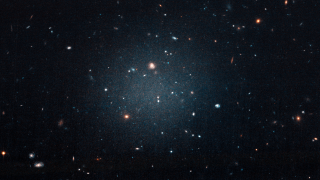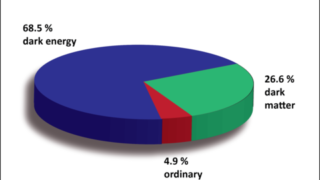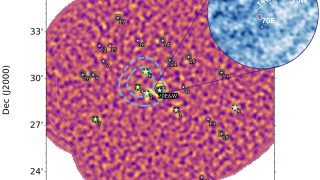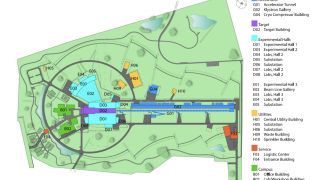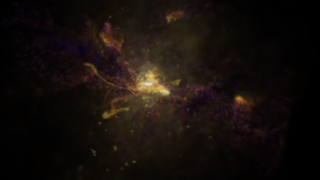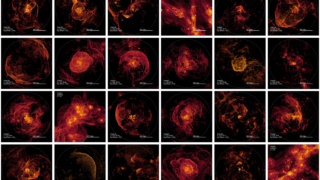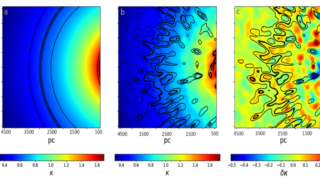
Wavelike Dark Matter, new physics invoking axions
wavelike All the matter that has ever been detected accounts for a mere 4.9% of the Universe. Most of the cosmos is the dark universe: a mix of dark matter (26.8%) and dark energy (68.3%), both of which have so far proved impenetrable puzzles. The existence of dark matter has been inferred from the motion […]
